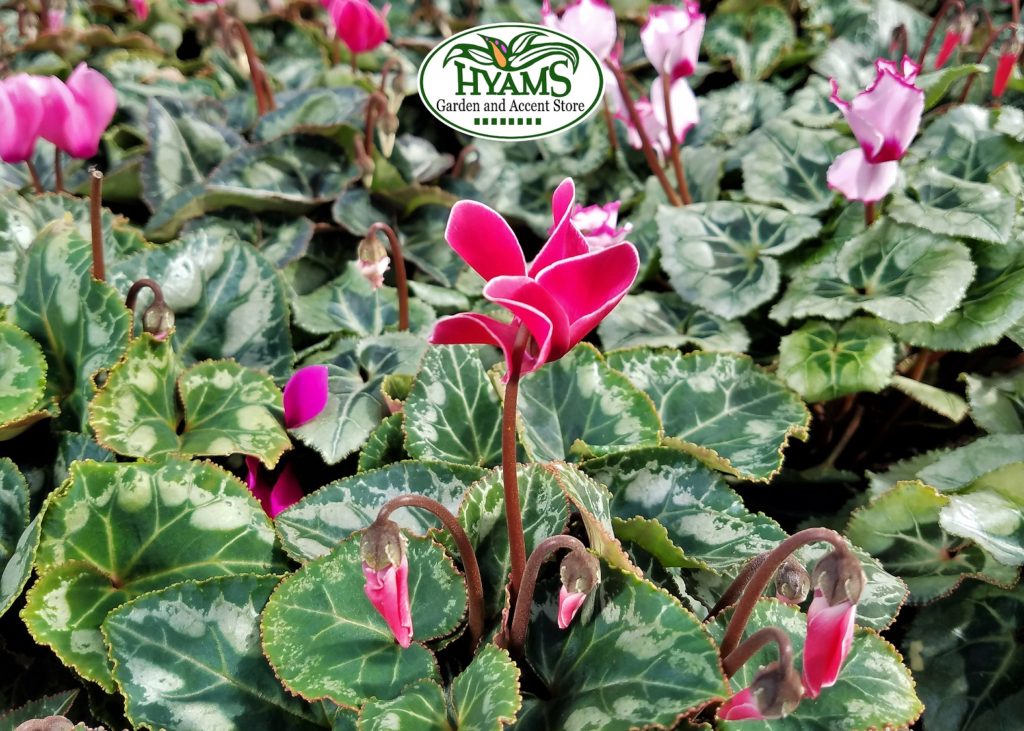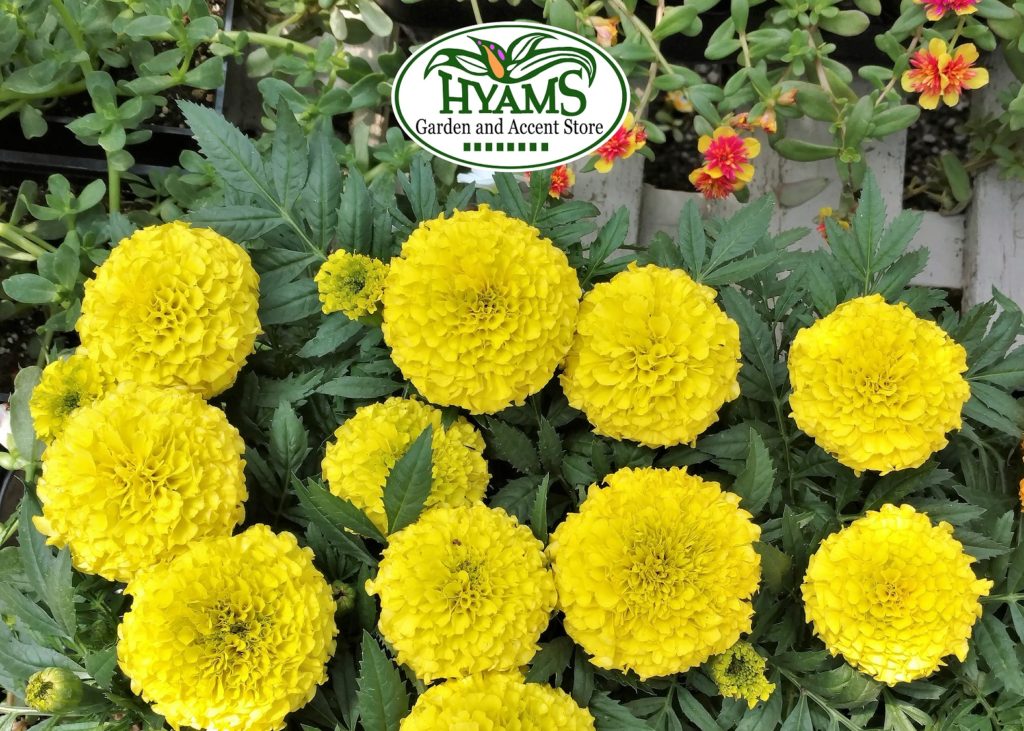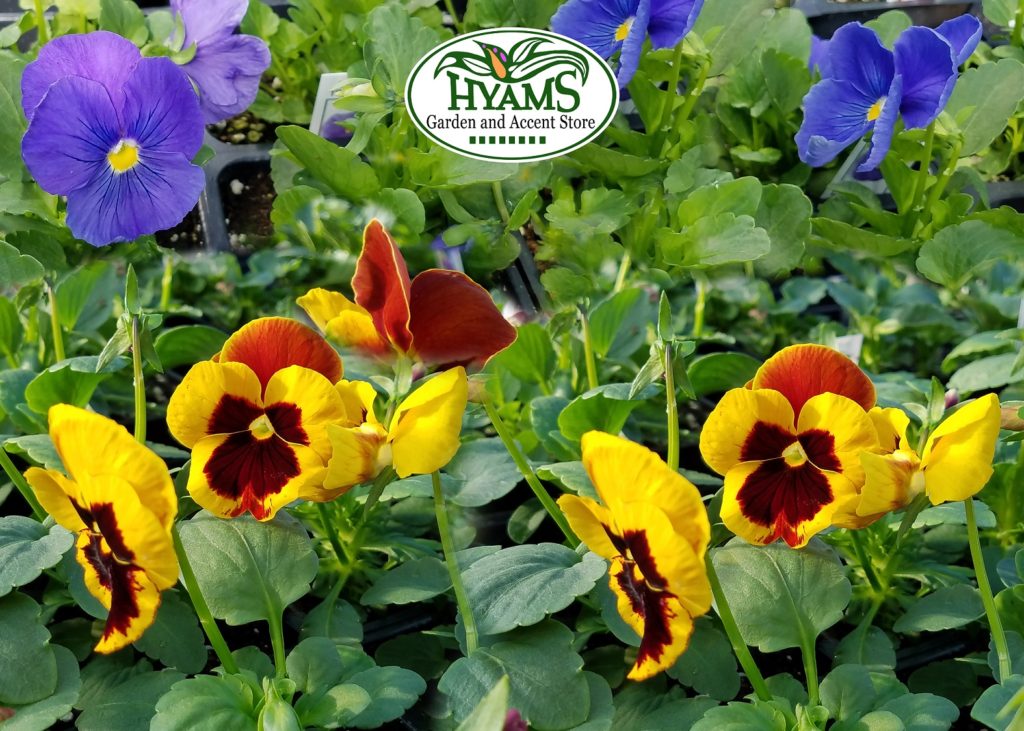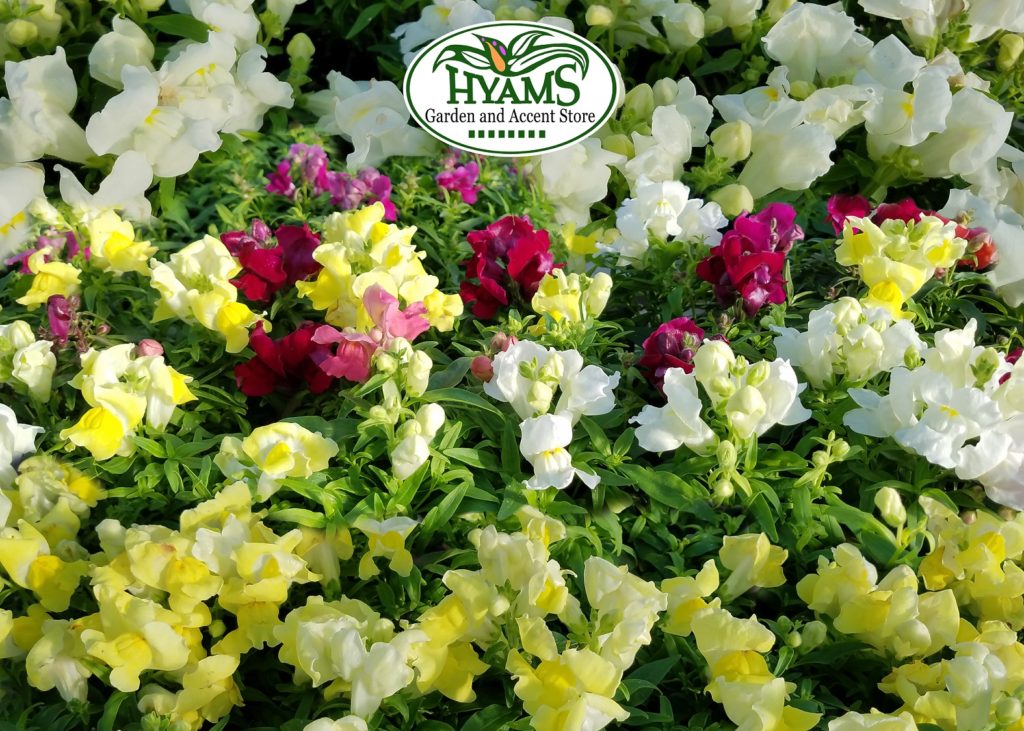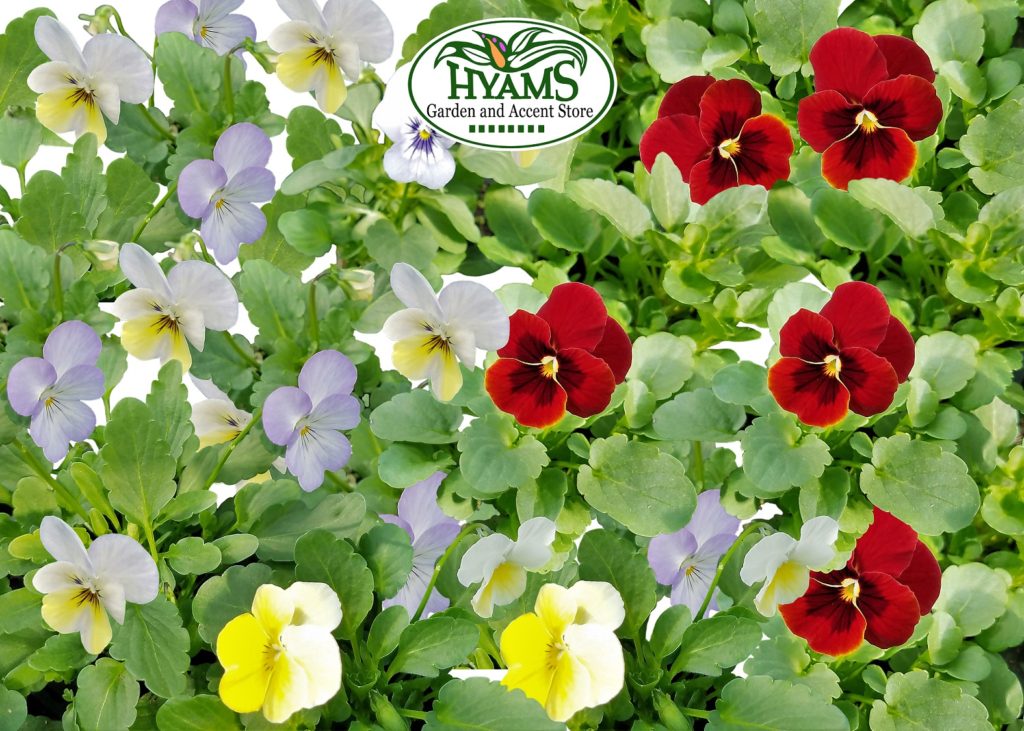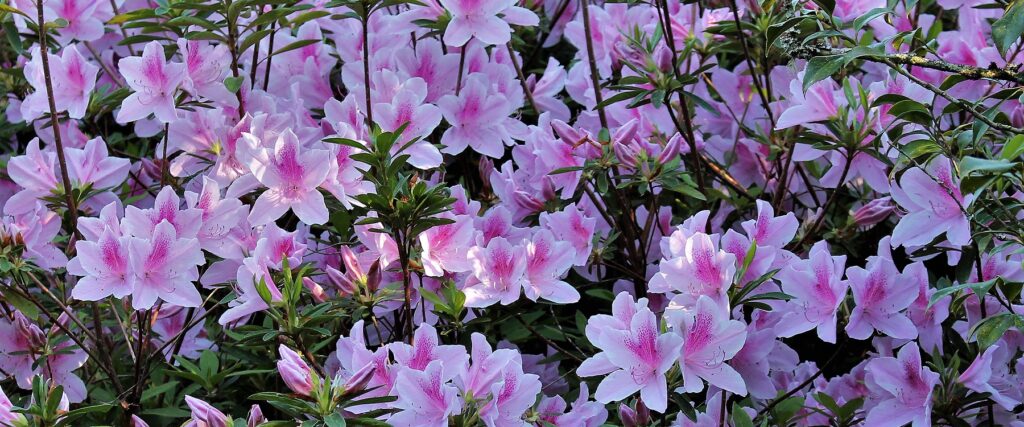Here is how one needs to take proper care of all cast stone fountains:
Ensure that the pump always remains submerged. In order to do that consistently fill the fountain and maintain a proper water level. When the water level is too low, the pump runs the risk of being damaged. The frequency of filling the water depends on water flow and specific weather conditions in which the fountain runs. Proper fountain performance also depends on appropriate water level.

Pump inflow needs to be kept free of debris to ensure proper water inflow. Cleaning it periodically will let your pump last longer.
Use a mild soap and a soft bristle brush if the fountain requires a cleaning. Do not use bleach as it may affect the patina.
Hyams Garden Center carries “Algaecides” if one needs to combat the buildup of algae.
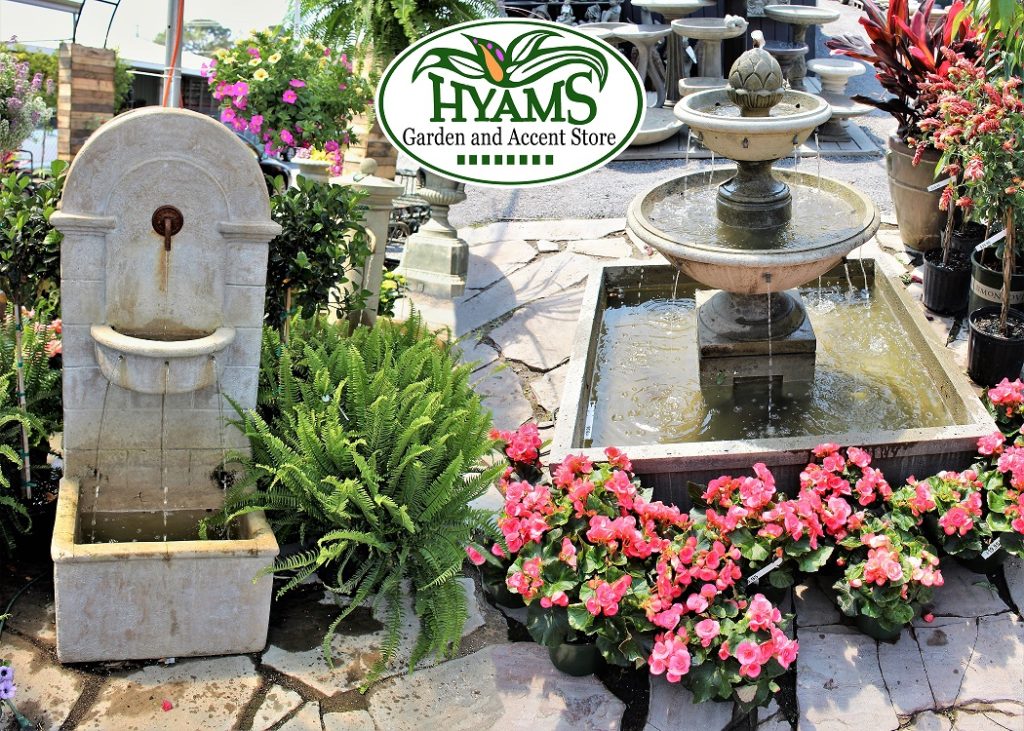
Hyams Garden Center is always ready take your calls ( 843-795-4570) if you have any questions concerning your fountain. For problems that cannot be remedied over the telephone, an onsite visit can be scheduled. You will be charged a minimum $50 fee for each onsite consult.
